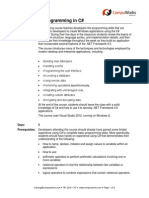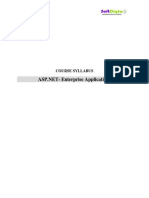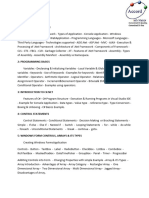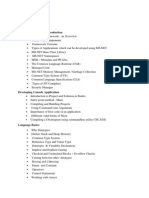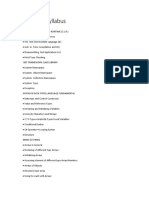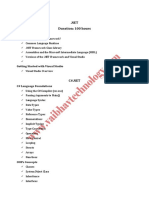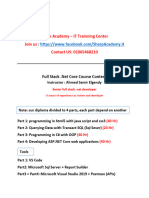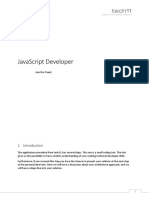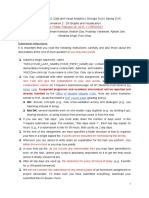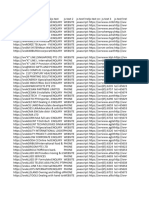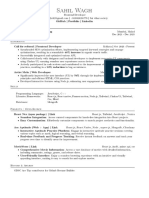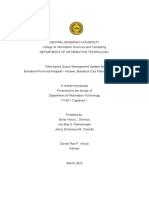0% found this document useful (0 votes)
110 views10 pagesMicrosoft Web Applications
This document provides an overview of the Microsoft Web Applications certification training course offered by ITShare Company. The 120-hour course covers skills in HTML, CSS, JavaScript, C#, SQL, and ASP to prepare students for a career in web development. It is designed for individuals without experience in programming and covers topics like creating web pages, programming in C#, and developing ASP.NET MVC web applications.
Uploaded by
Ahmed RadyCopyright
© © All Rights Reserved
We take content rights seriously. If you suspect this is your content, claim it here.
Available Formats
Download as PDF, TXT or read online on Scribd
0% found this document useful (0 votes)
110 views10 pagesMicrosoft Web Applications
This document provides an overview of the Microsoft Web Applications certification training course offered by ITShare Company. The 120-hour course covers skills in HTML, CSS, JavaScript, C#, SQL, and ASP to prepare students for a career in web development. It is designed for individuals without experience in programming and covers topics like creating web pages, programming in C#, and developing ASP.NET MVC web applications.
Uploaded by
Ahmed RadyCopyright
© © All Rights Reserved
We take content rights seriously. If you suspect this is your content, claim it here.
Available Formats
Download as PDF, TXT or read online on Scribd
/ 10


